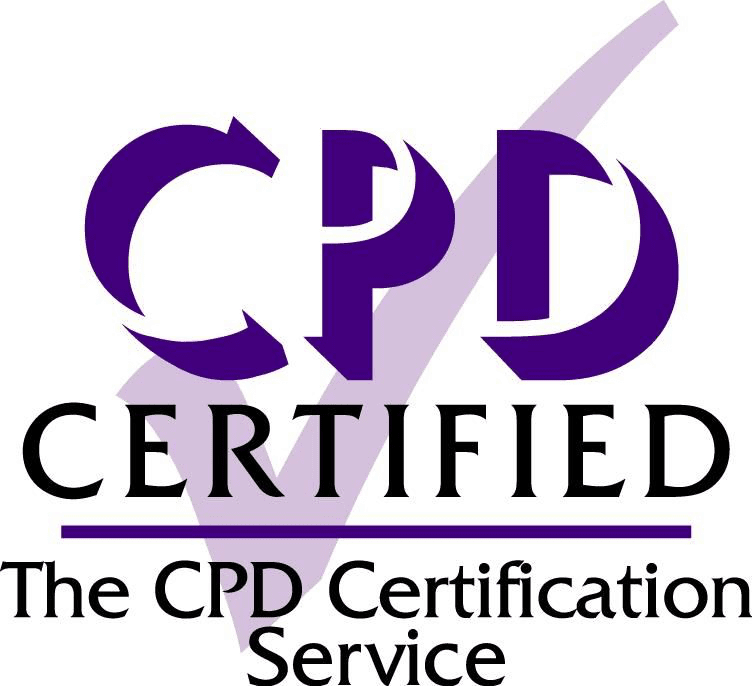Design Rules for Laser Powder Bed Fusion
Upon completion of this course you will be able to prepare a model fit for submission to a bureau to be manufactured using Laser Powder Bed Fusion.
Method: Online learning
Duration: 1 Hour
Cost: £49.99+VAT
Is this course for you?
Are you a design engineer interested in creating products using Laser Powder Bed Fusion?
Do you want to prepare designs for submission to a bureau and be sure they will be approved?
If you’ve answered ‘yes’ to any of these, then this course is for you.
- Introduction
How does Laser Powder Bed Fusion work?
Introduction to designing for Laser Powder Bed Fusion - Designing for Laser Powder Bed Fusion
What do I need to understand as a designer?
– Powder
– Re-coater
– Supports
– Layers
– Anisotropy
– Residual stress
What is unique about Laser Powder Bed Fusion ?
Overall guidelines and insight - Process-specific design rules (Design for Manufacture)
Supports
Features
– Pin diameter
– Embossed/engraved features
– Horizontal bridges
– Connecting and moving parts
– Holes
– Minimum feature size
Build volume
Walls
Design considerations
– Design for Inspection
– Design for Post Processing - Application
Selecting correct adjustment
Selecting complete design most suited to Laser Powder Bed Fusion
Case study based decision-making activity




